Shipping from China to the Philippines has become an essential aspect of trade between the two countries, as China is a major exporter to the Philippines. The process involves various factors, such as the mode of transport, customs clearance, and shipping costs, which collectively contribute to the seamless delivery of goods.
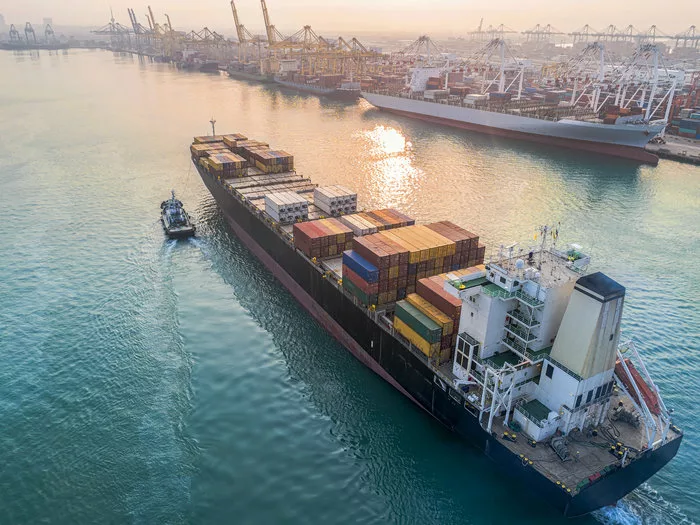
Understanding these aspects is crucial for businesses and individuals looking to send cargo between the countries.
Air and ocean freight are the primary modes of transport for shipping from China to the Philippines, with airports in Manila and Cebu receiving the majority of cargo. Along with selecting the most suitable shipping method, it’s essential to consider cargo types, packing, and the involvement of freight forwarding and shipping companies to ensure a smooth process.
These companies can help navigate the complexities of customs clearance and manage potential shipping costs.
Key Takeaways
- Shipping from China to the Philippines involves air and ocean freight, with considerations for cargo types and packing.
- The process requires understanding customs clearance, working with freight forwarding and shipping companies, and managing shipping costs.
- Successfully navigating these aspects ensures timely and efficient delivery of goods between the countries.
Understanding Shipping From China To Philippines
Shipping from China to the Philippines can be done through various methods, such as ocean freight, air freight, and express shipping. Due to the two countries’ proximity and strong trade relations, shipments between them are common.
Here’s a brief guide to help you understand the process and make informed decisions when shipping from China to the Philippines.
First, choose the proper shipping method based on your specific needs. Ocean freight is the most common and economical method, suitable for bulk shipments. It is a good option if you are not pressed for time and have large shipments.
Major ports in the Philippines, such as Manila and Cebu, can handle most cargo from China. Keep in mind that ocean freight can take a longer time to arrive, usually several weeks.
If you need to ship time-sensitive items or smaller packages, air freight is faster. Manila and Cebu airports are the main entry points for air shipments from China, and the transit time is usually between 3 to 5 days.
However, air freight can be more expensive than ocean freight, so you should consider your budget and urgency when choosing.
When importing goods from China to the Philippines, comply with the relevant rules and regulations. While a general import permit may not be required, specific goods might need additional permits from a federal agency.
Familiarize yourself with the customs clearance process and gather the necessary documents to avoid delays or complications upon arrival.
To achieve a smooth shipping experience, consider working with a reputable freight forwarder or logistics provider who can guide you.
They can help with documentation, customs clearance, and ensuring you comply with all legal requirements.
By understanding the various shipping options and keeping your specific needs in mind, you can make an informed decision that best suits your business requirements when shipping from China to the Philippines.
Cargo Types and Packing
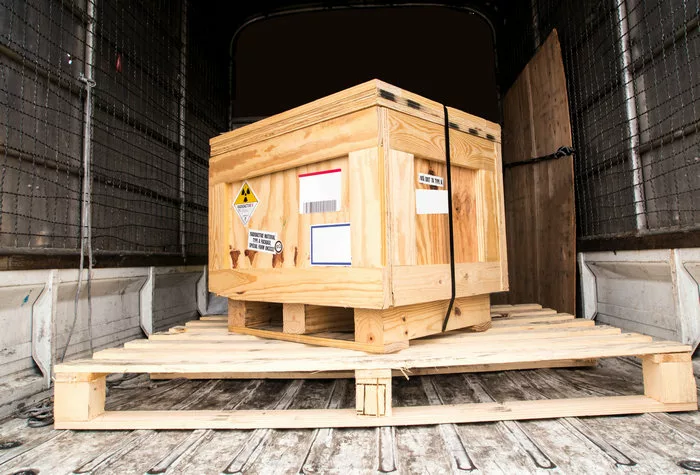
When shipping from China to the Philippines, it is essential to consider the cargo type and the packaging process. The type of cargo being shipped might require different packaging materials and methods based on factors like volume, weight, fragility, and material type. Here are some guidelines to help you ensure proper packing for your cargo.
Volume and Weight Depending on the cargo’s volume and weight, you may choose between air, ocean, or express shipping. Air and ocean shipping are the most common modes of transportation for freight between China and the Philippines, while express shipping is typically more suitable for smaller, lighter shipments.
As a rule of thumb, the cost of express shipping from China to the Philippines falls between $5 to $8 per kilogram.
Furniture When shipping furniture, it is crucial to protect each piece from damage due to handling and shipping. Carefully disassemble larger items when possible and wrap each part in suitable packing materials like bubble wrap or furniture blankets.
Use sturdy packaging, such as wooden crates, to protect fragile or valuable furniture during transit.
Steel Shipping steel items typically requires special attention to packing, as they can be heavy, sharp, or irregularly shaped. Use heavy-duty wrapping materials, such as metal strapping or banding, to secure the steel items.
Pack them in wooden crates, pallets, or sturdy containers for protection and stability during transit.
Large Items For oversized or bulky items, proper packaging is critical to prevent damage or loss during shipping. Use custom-made crates, pallets, or containers to accommodate the item’s size and weight.
Ensure enough cushioning material within the packaging to absorb any impacts or shocks during transportation.
Process of Shipping
LCL and FCL Shipping
When shipping from China to the Philippines, you have two main options for cargo shipment: Less Than Container Load (LCL) and Full Container Load (FCL). LCL is suitable for smaller shipments that don’t fill an entire container, and that will be consolidated with other goods. This is a cost-effective option for those with smaller shipments.
On the other hand, FCL refers to the exclusive use of an entire container, such as 20ft or 40ft, for transporting your goods. FCL is typically more efficient for larger shipments filling an entire container, ultimately saving time and costs.
Door-to-Door Shipping
Door-to-door shipping is a convenient service that handles the entire shipping process for you, from picking up goods at the supplier in China to delivering them directly to your desired destination in the Philippines.
This option simplifies the process by requiring minimal involvement on your part, as the shipping agency handles customs clearance and other documentation. However, do note that this service typically comes at a higher cost.
Door-to-Port Shipping
Another shipping option is door-to-port shipping, where the shipping agency picks up your goods from the supplier in China, handles the freight transportation, and delivers them to a designated port or airport in the Philippines. In this case, you are responsible for handling customs clearance, documentation, and local transportation within the Philippines.
While this option may come at a lower cost compared to door-to-door delivery, it requires a higher degree of involvement on your part in managing the shipping process.
Freight Forwarding and Shipping Companies
Role of Freight Forwarders
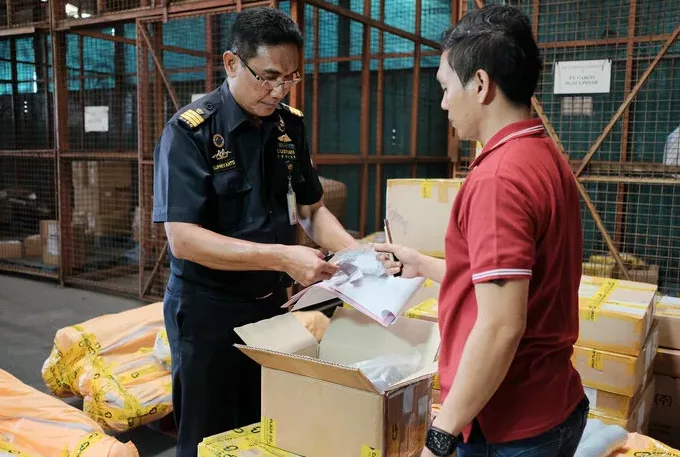
Freight forwarders play a critical role in shipping from China to the Philippines. Their primary function is to manage and organize the transportation of goods, ensuring a smooth and efficient process.
When you work with a freight forwarder, they will help you navigate complex international shipping regulations and paperwork, select the most suitable carriers, and track your shipments to ensure they reach their destination on time.
Choosing a Shipping Company
When shipping from China to the Philippines, selecting a shipping company that meets your needs and preferences is essential. Here are some factors to consider:
- Services offered: Look for shipping companies that provide various services, including air freight, sea freight, and door-to-door or port-to-port options. This will allow you to choose the best method for your specific shipment.
- Cost: Compare the rates of various shipping companies to find the most competitive pricing. Remember that the cheapest option may not always be the best, as it could result in longer transit times or lower-quality service.
- Reputation: Research the reputation of each shipping company, checking for customer reviews and testimonials. This will provide insight into the shipping company’s reliability, professionalism, and overall performance.
- Customs clearance: A good shipping company should have experience with customs clearance in the Philippines, ensuring your cargo is prepared according to local regulations and minimizes the risk of delays or additional costs.
- Real-time tracking: Ensure the shipping company offers real-time tracking of your shipments. This will help you monitor the progress of your cargo and anticipate any potential issues.
Considering these factors, you can select a reliable and reputable shipping company to handle your shipments from China to the Philippines. Remember to prioritize your needs, whether fast shipping times, affordable rates, or efficient customs clearance.
Shipping Transit Times from China to the Philippines
Shipping from major ports in China to the Philippines:
| Manila (Days) | Davao(Days) | Cebu(Days) | Batangas(Days) | |
| Hong Kong/Shenzhen | 9 | 11 | 10 | 9 |
| Dalian | 7 | 9 | 8 | 7 |
| Tianjin | 12 | 14 | 13 | 12 |
| Qingdao | 11 | 13 | 12 | 11 |
| Ningbo | 10 | 12 | 11 | 10 |
| Shanghai | 10 | 12 | 11 | 10 |
| Xiamen | 9 | 11 | 10 | 9 |
The estimated transit time, on average, depends on the city you choose to ship from in China. Also, for air freight shipping, door-to-door delivery takes about 2-3 days.
Customs Clearance
Customs Duties and Taxes
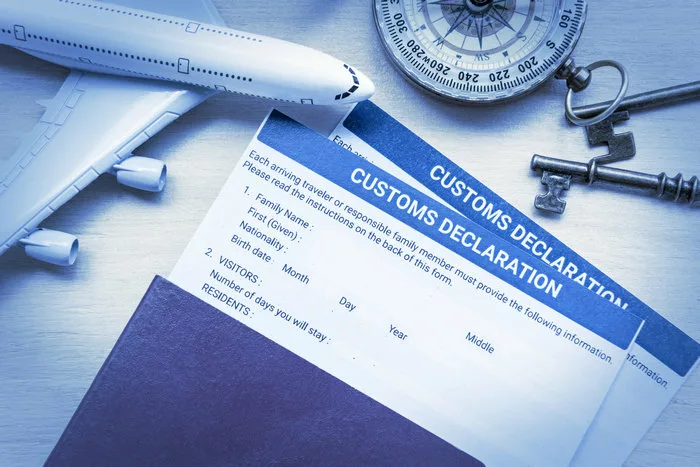
When you ship goods from China to the Philippines, you must know the customs duties and taxes involved. As an importer, you must ensure that the necessary payments are made and that proper documentation is provided.
This will ensure smooth customs clearance and avoid any delays. Some factors affecting customs duties and taxes include:
- Product classification
- Country of origin
- Product value
You can consult a customs broker or use online customs duty calculators specifically for the Philippines to calculate customs duties and taxes. Make sure to keep track of your expenses, as they will ultimately affect your overall shipping costs.
Customs Clearance Process
To successfully clear customs when shipping from China to the Philippines, you need to follow a series of steps:
- Prepare required documents: You’ll need several documents, such as the air waybill (AWB), invoice, and packing list. Ensure that all details — including weight, number of packages, description, value, currency, shipper’s and consignee’s information, and payer information — are filled out completely and accurately.
- Hire a customs broker: Customs clearance can be complex, so it’s a good idea to work with a customs broker who understands the process and can help navigate the regulations and requirements.
- Submit documents for clearance: Your customs broker will submit the required documents to the customs clearance officials for examination and assessment.
- Pay duties and taxes: Once the customs clearance service has provided the assessed duties and taxes, you must make the necessary payments to release your shipment.
- Release of shipment: After the customs clearance process is completed and the duties and taxes are paid, your shipment will be released and can be delivered to its destination in the Philippines.
Keep these guidelines in mind when shipping goods from China to the Philippines, and you’ll be able to confidently and easily navigate the customs clearance process.
Shipping Costs
When shipping goods from China to the Philippines, it’s essential to understand the different factors that contribute to the overall shipping costs. This section will help you gain insights into the various components of calculating your shipping costs.
Budgeting for Shipping
To effectively plan and manage your budget, consider the following elements that contribute to the shipping costs:
- Freight rates: The cost of transporting your goods from China to the Philippines will depend on the mode of shipment you choose, whether air, sea or a combination of both. For instance, air freight can be quicker but is generally more expensive, while sea freight can be more cost-efficient, especially for shipping more significant volumes of goods.
- Weight and volume: The size and weight of your shipment will also impact the shipping costs. Heavier and larger packages will typically cost more to ship. Additionally, some carriers use dimensional weight, factors in the package’s size and actual weight, to determine the shipping cost.
- Customs duties and taxes: When importing goods into the Philippines, you should be prepared to pay customs duties and taxes on your shipment. The amount varies depending on the imported goods’ type and value.
- Insurance and additional services: Depending on the value and nature of your goods, consider purchasing insurance or additional services like tracking or express delivery. These services can contribute to your total shipping costs.
To determine the most accurate shipping costs from China to the Philippines, it is advised to use shipping calculators available on carrier websites like FedEx, UPS, or USPS.
These calculators can help you estimate the costs based on shipment details such as origin, destination, and package weight.
By considering these factors and effectively budgeting your shipping costs, you will be better prepared for a successful international trade experience between China and the Philippines. Remember to stay informed about freight rates and regulations to make the most cost-effective decisions.
Frequently Asked Questions
1. How long does shipping take from China to the Philippines?
Shipping duration from China to the Philippines can vary depending on the method used. Air freight is faster, with transit times ranging from a few hours to a few days. You will get an estimated delivery period for sea freight, from your freight forwarder agent. Remember that customs clearance and other factors can affect these time estimates.
2. What are the standard shipping fees from Chinese suppliers?
Shipping fees from Chinese suppliers depend on several factors, such as the total weight and volume of the items, the shipping method, and any additional services like insurance or tracking. Getting a precise quotation from your supplier or freight forwarder is essential, including all fees, to avoid any surprise costs.
3. What is the most cost-effective way to ship items from China to the Philippines?
The cost-effective way to ship items from China to the Philippines is often sea freight, especially for larger or heavier shipments. However, this method can be slower than air freight. It’s essential to balance the shipping cost and speed when determining the best shipping method for your needs.
4. How does air shipping compare to sea freight shipping from China to the Philippines?
Air freight tends to be faster than sea freight but can also be more expensive. It is generally suitable for smaller, lighter, higher-value, or time-sensitive shipments. On the other hand, sea freight is more cost-effective for larger or heavier shipments without strict time constraints.
Conclusion
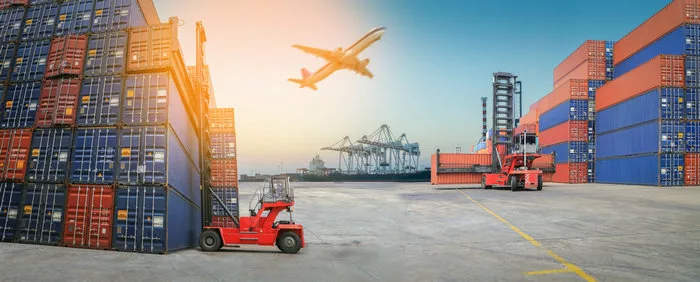
As an importer, understanding the various shipping options from China to the Philippines is essential for a successful business venture. You can ship your goods via ocean, air, or express freight, with Manila and Cebu airports being the main receiving points.
Mechanical, electrical, and high-tech products make up most of the imports, and nearly 24% of total imports in the Philippines come from China.
When dealing with China customs, it’s crucial to comply with their regulations and provide accurate documentation to avoid delays or issues during shipping. Partnering with reliable shipping service providers can help you navigate the complex world of customs clearance and ensure a smooth transition for your cargo.
To ensure a seamless shipping experience from China to the Philippines, consider factors such as transit time, shipping cost, and cargo type. Different shipping methods have various advantages and drawbacks, so select the one that best suits your business needs.
Moreover, staying updated on bilateral agreements between the two countries can facilitate smoother trade and investment.
In conclusion, a thorough understanding of the shipping process from China to the Philippines and attention to detail in complying with customs requirements can help you grow your import business confidently and ensure a seamless logistics experience.
Hire Us Today
Are you looking to ship goods from China to the Philippines? Hire us as your shipping agent. With our vast experience in shipping services, we understand the intricacies of logistics and guarantee a smooth shipping process.
Our wide range of shipping options ensures you find the perfect solution. Whether you prefer air freight, sea freight, or express parcel delivery, we have you covered.
No matter the size or weight of your shipment, we offer competitive rates to help you save on shipping costs. For example, our rates for sea freight are competitive and can accommodate shipments of all sizes, so send us a message let’s discuss your needs.
Take advantage of our expert services today! To get started, contact our friendly customer support team and provide details of your shipment. We will then provide you with a quote, guide you through the process, and keep you informed every step of the way. Choose us for efficient, reliable, and stress-free shipping from China to the Philippines.
